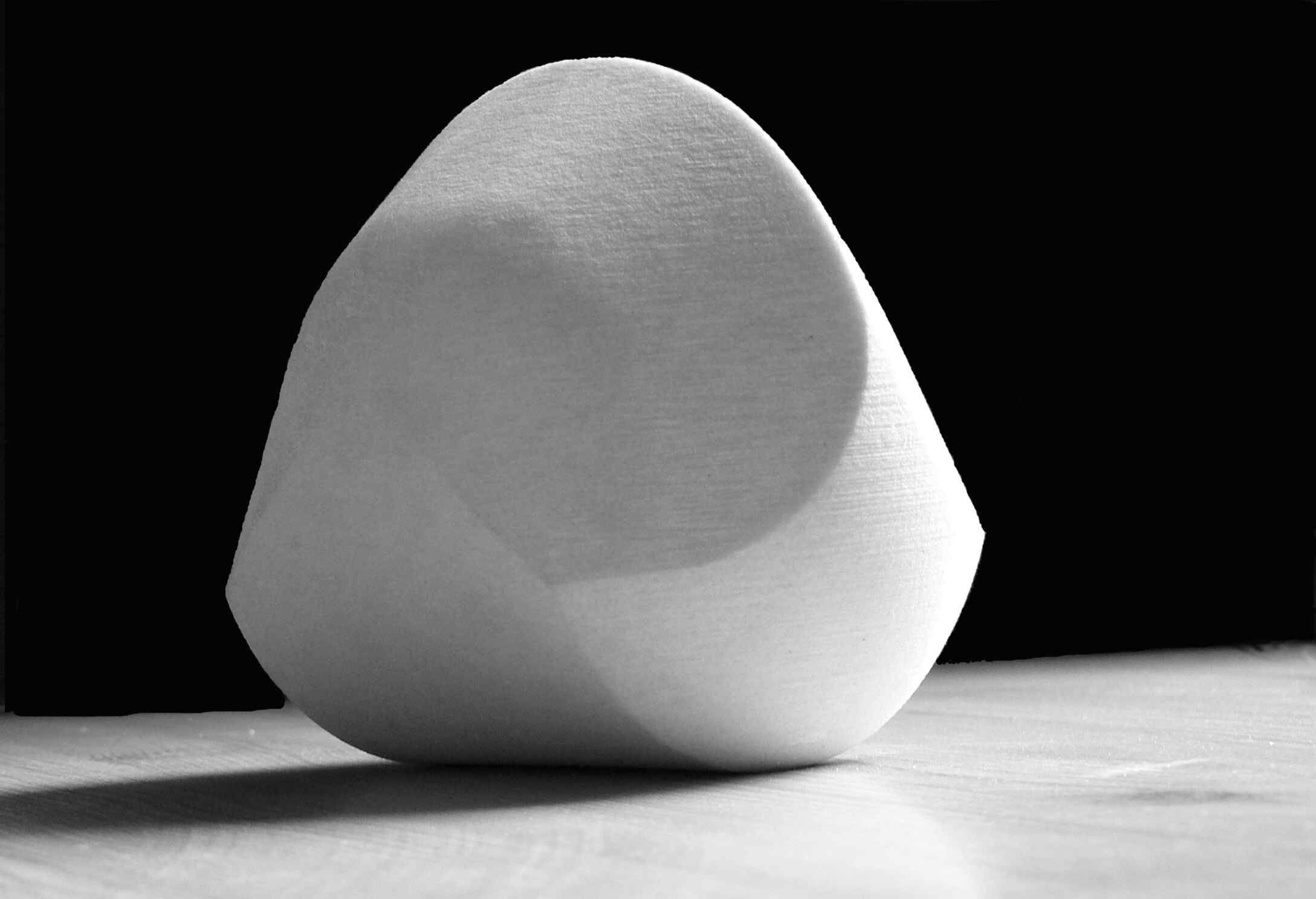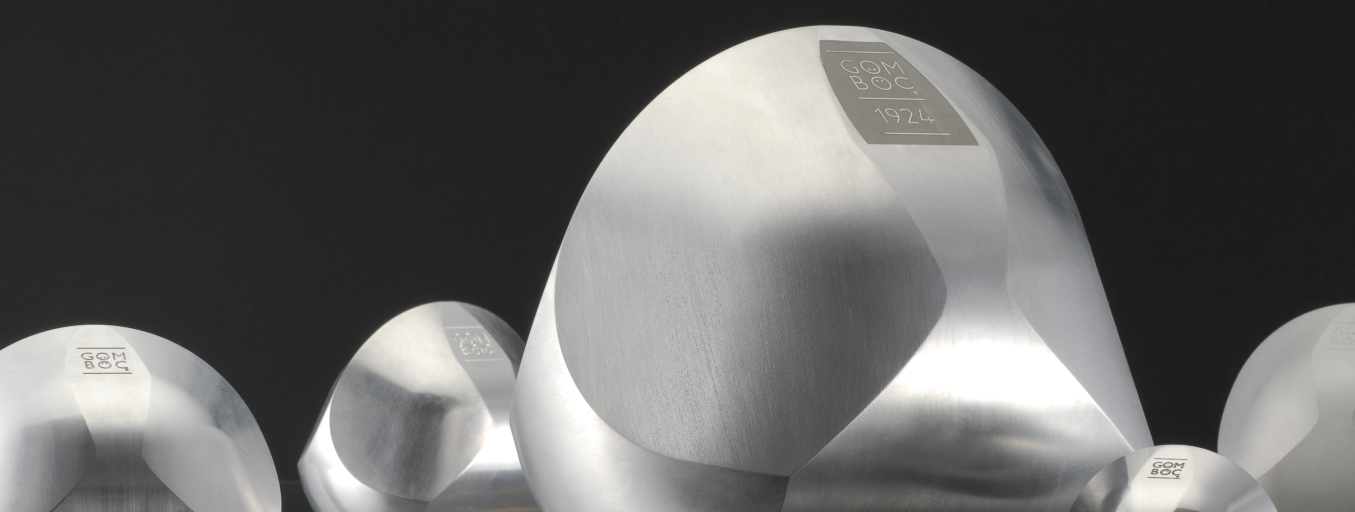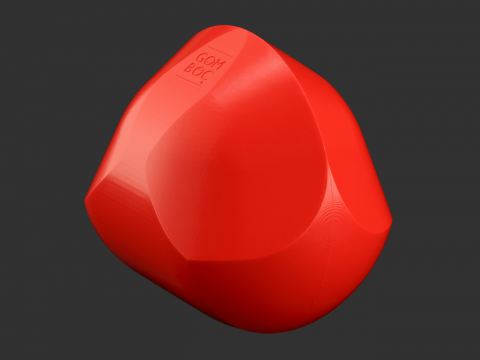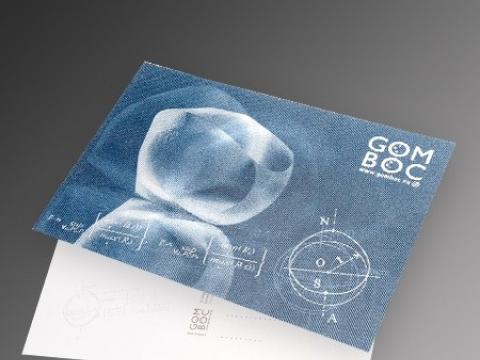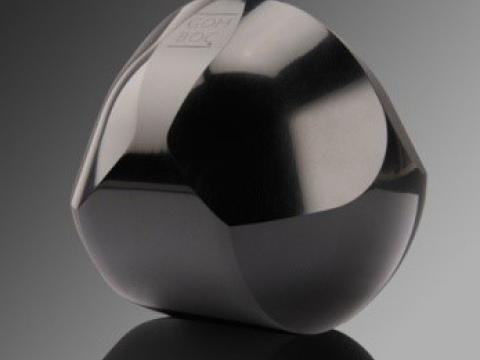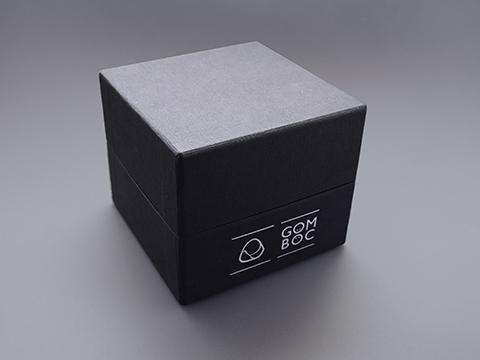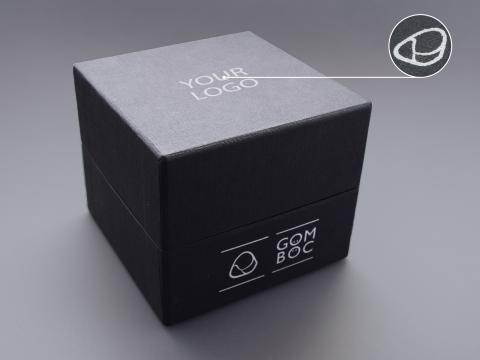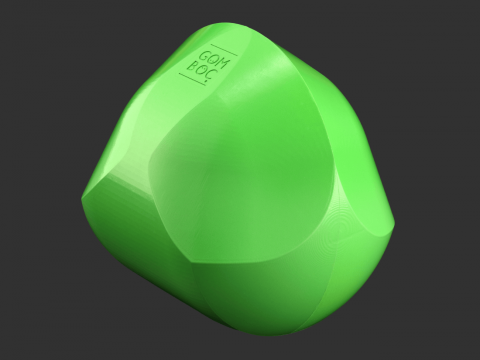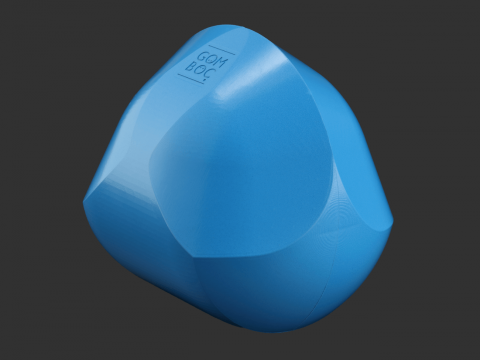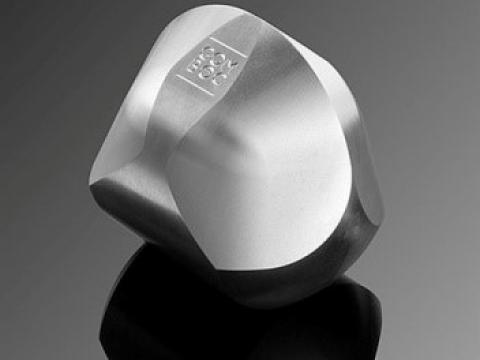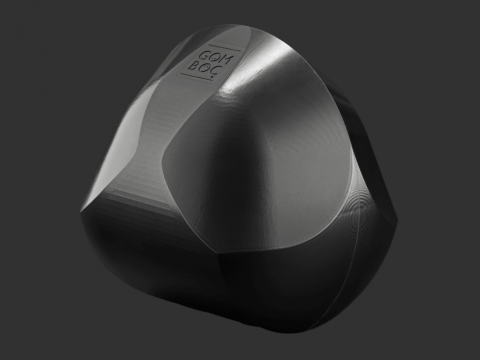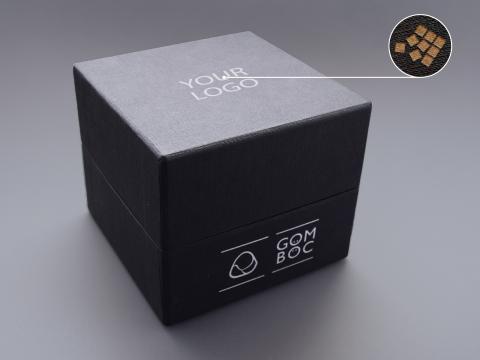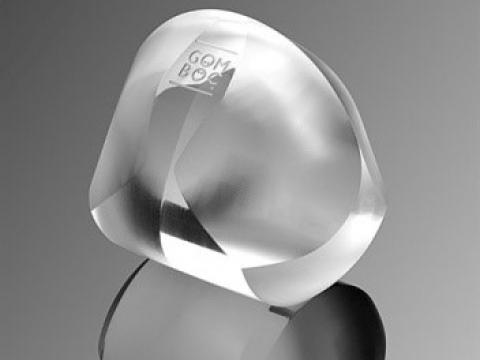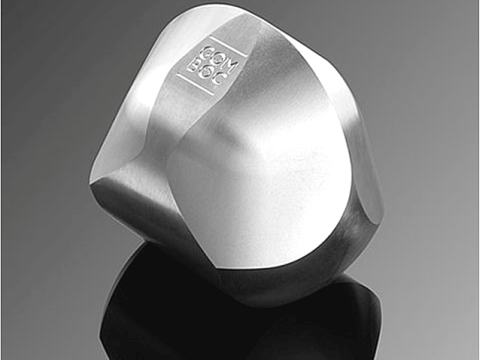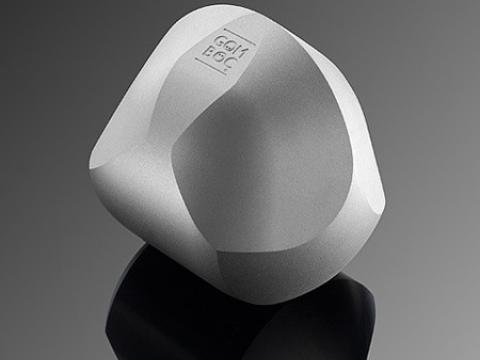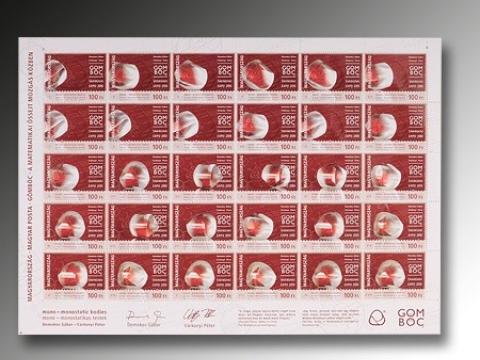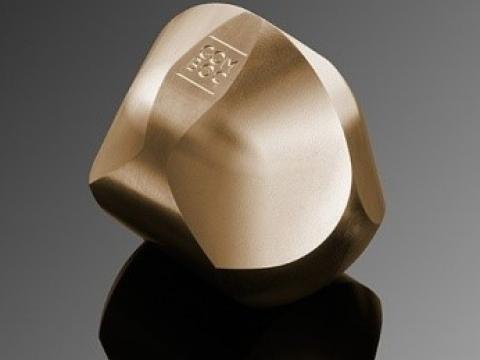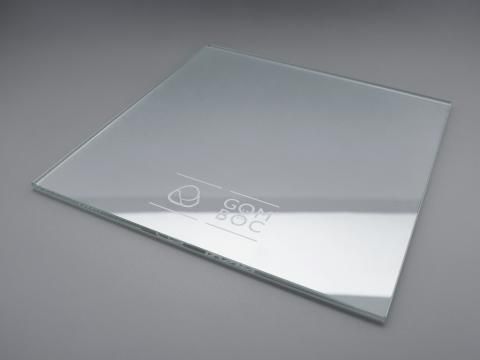What is Gömböc?
|
The 'Gömböc' (pronounced: 'goemboets') is the first known homogenous object with one stable and one unstable equilibrium point, thus two equilibria altogether on a horizontal surface. It can be proven that no object with less than two equilibria exists. |
Why so special?
Although the study of the number and location static equilibrium points in rigid bodies dates back to the time of Archimedes, one of the most fundamental questions on the subject has remained open until very recently. How few equilibrium points can a single solid object have?
While there were strong indications that this minimal number should be 4, one of the greatest mathematicians of the 20th century, Vladimir Igorevich Arnold, thought otherwise and suggested in 1995 that the minimal number may be 2. This speculation baffled many scientists as no one had ever seen an object with just 2 equilibrium points. Ten years later, Arnold’s theory turned out to be correct, as two Hungarian engineers first proved the existence of such objects and subsequently built a physically functioning shape which they named the “Gömböc.” The first functioning Gömböc (with individual serial number 001) was donated in Moscow, on August 20th 2007 by the inventors of the project to Arnold on the occasion of his 70th birthday. Here, upon receiving Gömböc 001, Arnold offered further thoughts connecting the Gömböc to natural sciences.
Although he did not live to know, Arnold was once again proved to be right. The Gömböc shape appears to be deeply embedded in the natural world. For example, as pebbles erode they reduce their number of equilibrium points and thus, in this sense, become more similar to the Gömböc. However, it is extremely unlikely that any pebble would ever reach this ultimate goal. Using this theory, scientists can draw wide-ranging conclusions on the history of a worn pebble or rock – based alone on its shape. If you are interested in further fun facts about Gömböc, stay updated and follow our blog for more news!
You can find more information on the background of this unique mathematical innovation at www.gomboc.eu.
Why buy one?
The Gömböc is a mathematical innovation, unique gift and science toy. It can inspire, aid one’s train of thought, or even serve as a reminder that it is only a matter of time until you regain your balance. Different versions of Gömböc are available in steel, bronze, aluminium, plexiglass and a unique black substance in our science webshop. This self-righting shape is a perfect gift for business partners, colleagues and friends.
Inspired by

Vladimir I. Arnold
The Origin of the IdeaThe question whether Gömböc-type objects exist or not was posed by the great Russian mathematician Vladimir I. Arnold at a conference in 1995, in a conversation with Gabor Domokos. Arnold is considered to be one of the most influential scientists of the 20th century. While he is best known for the Kolmogorov–Arnold–Moser theorem regarding the stability of integrable systems, he made important contributions in several areas including dynamical systems theory, catastrophe theory, topology, algebraic geometry, symplectic geometry, differential equations, classical mechanics, hydrodynamics and singularity theory, including posing. He also posed the ADE classification problem, since his first main result—the solution of Hilbert's thirteenth problem in 1957 at the age of 19. Arnold is also known as a populariser of mathematics.
Source: Wikipedia. You can find out more about Arnold and the Gömböc here: www.gomboc.eu/99.pdf
Inventors

Gábor Domokos
InventorGabor Domokos earned his PhD in 1989. Currently, he is professor in the Department of Mechanics, Materials and Structures at the Technical University of Budapest. He has been a member of the Hungarian Academy of Sciences since 2004. In his inaugural talk, he performed a conversation with Aristotle on irrational numbers. He was a visiting scholar at the University of Maryland, and is adjunct professor at Cornell University. He has been collaborating with Philip Holmes in discrete and continuous dynamical systems research projects. His interests include population dynamics and chaos theory. In his free time, he enjoys free-hand drawing, photographing and hiking.

Péter Varkonyi
InventorPéter Várkonyi was a Silver Medalist at the Physics Student Olympiad in 1997. He graduated from the Technical University of Budapest as an Architect in 2003. He earned his PhD in 2006, his work being advised by Gabor Domokos. His research field includes symmetry in engineering structures, biomechanics, evolutionary modelling. In the year 2006/07 he was a Korányi-fellow at Princeton University. He is now associate professor at the Technical University of Budapest. He is married and has five children. Nevertheless, he has some time for his favourite activities: swimming, sailing and badminton.


